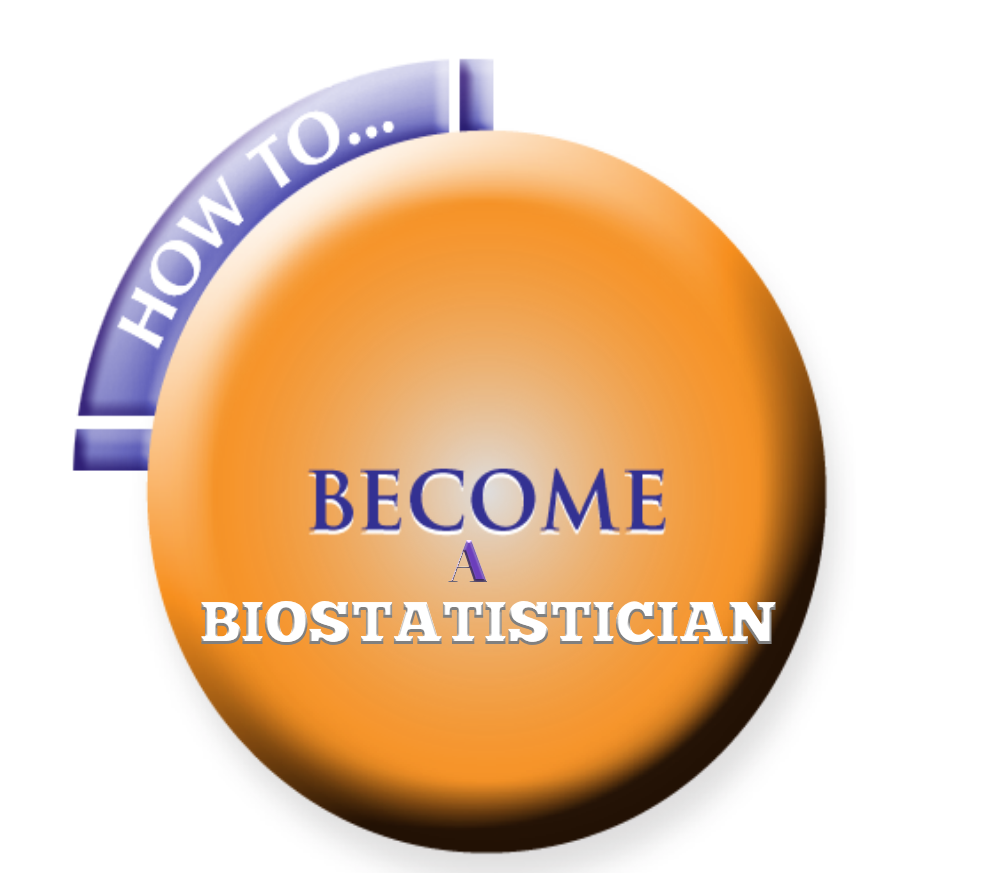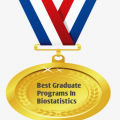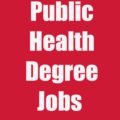Biostatistics is a discipline that involves the development and application of statistical methods to a wide range of topics in biology. It encompasses the design of biological experiments, the collection and analysis of data from those experiments and the interpretation of the results.
What Does a Biostatistician Do?
Biostatisticians analyze data and statistics on living things collected during medical research studies to draw conclusions or make predications. They may also contribute to the design and execution of research studies in collaboration with other statisticians and scientists. With the need for data intensive research in so many disciplines, biostatistics is one way statistics has been adapted for a specific purpose. Biostatistics involves the development and application of statistical techniques to scientific research in health-related fields, such as genetics, genomics, and neuroscience (just to name a few). During the execution of the clinical trial, some may monitor how the study is conducted to ensure that the integrity of the results won’t be compromised. Writing research proposals and conveying their findings to the scientific community is another important part of their job. Some Biostatisticians may also teach at universities while conducting their research.
Where Does a Biostatistician Work?
Biostatisticians spend the greater part of their workdays in an office setting, typically working on a computer. Becoming familiar with specialized programs used to analyze statistics and lab results will be extremely useful for this field. They will often be required to collaborate with a team of scientists and researchers, meaning that they spend a great deal of their day interacting both in person and through phone and email. The most common path for a biostatistician is academia, industry or government. However, the majority of biostatistics departments prepare their students so that their education can be widely applied. Indeed, many biostatistics graduates end up in high tech Some Biostatisticians that are employed by universities will spend a good portion of their time in a lab, as well as the classroom. Most of these professionals work full-time on a normal daytime schedule. If a particular project is nearing its deadline or is overdue, then overtime may be required.
What Is the Job Demand for Biostatisticians?
The overall job outlook for BioStatistician careers has been positive since 2004. Vacancies for this career have increased by 34.06 percent nationwide in that time, with an average growth of 5.68 percent per year. Demand for Biostatisticians is expected to go up, with an expected 2,670 new jobs filled by 2018. This represents an annual increase of 1.46 percent over the next few years. The job demand for Biostatisticians is expected to increase by around 22% in the next 10 years, which is much faster than other professions. These kinds of statisticians are increasingly needed in the medical field, particularly in the pharmaceutical industry where they can help conduct research and run clinical trials for innovative medicines and health technologies.
Biostatistics Jobs
Biostatisticians carry out research into relationships between two or more sets of biological data. Although jobs for biostatisticians vary from role to role and across industries such as biomedical and agricultural science, physical and social sciences business and economics, as well as engineering, many roles are similar. Biostatistician jobs require that candidate posses:
Good knowledge of mathematics, statistics and computer science to analyze large data sets
Engage in the data extraction, initial analysis, storage and delivery to users
Participate actively in the planning stages of research, as well as the data collection and interpretation stages
Play a major role in the analysis, interpretation and implementation of studies within the scope of the project
Develop complex databases and provide link to data analysis programs
Develop analysis plans, methodologies and conduct analysis of data sets
Develop statistical techniques, new algorithms and visualization approaches so that workgroup and stakeholders can effectively implement findings
Provide statistical know how to internal and external partners
Review and critique scientific manuscripts for publication as well as grant applications
Sports statisticians analyze data pertaining to sporting events, usually for major sports such as baseball, football or basketball.
Evolving Roles in Research
Your responsibilities as part of this interdisciplinary team usually include performing analyses and communicating statistical results. However, you may also have the opportunity to take part in many other aspects of studies, from the planning stages (e.g., sample size and power calculation, writing of statistical analysis, instrument development, and grant writing) to study close-out (e.g., writing articles for medical journals and creating posters and presentations for medical conferences). Some roles like project manager may require balancing your quantitative abilities with your communication skills in order to be able to manage a team throughout the life of a project.
How to Become a Biostatistician
Biostatisticians generally hold degrees in higher education. To begin working towards breaking into this career, you must first obtain a bachelor’s degree in biostatistics, statistics, or math. Taking other classes that focus on medicine or biology will also be helpful for future study.. The following was designed as a guide to get you started.
Step 1: Take lots of math and science courses. Enrolling in honors classes will also make you more competitive.
Step 2: Try to get some real world health experience in high school. Look into mentorships and other career exploration activities. Options will vary by geographical region. The Mayo Clinic has a mentorship for students interested in various biomedical careers.
Step 3: As you move towards the end of high school program, begin looking for paid internships. There are several biomedical internships at universities and agencies around.
Step 4: Research programs at the baccalaureate level. Score well on college entrance exams and begin making applications. As a college student, you will be competitive for a wider range of these internship programs, and some may be more closely aligned with your career goals. As your undergraduate years draw to a close, decide whether to look for an entry level position or enroll in graduate biostatistics studies or both
Step 4: Ensure you continue to make professional contacts throughout your time as a graduate student. Many biostatisticians work in public health. Your school may have an association for public health students. Clinical service organizations can be a good place to launch a career. You may look for positions at health departments and governmental agencies and International organizations like WHO.
The median starting salary for biostatistician graduates
The median starting salary for biostatistician graduates in assistant faculty positions in the U.S. in 2009 was $107,000 a year, according to a salary survey by the American Statistical Association. Median starting salaries for nonfaculty biostatisticians were $57,400 and $87,200 for those with doctorates.
What Kind of Societies and Professional Organizations Do Biostatisticians Have?
Biostatisticians and those who wish to enter the field can also browse through these government websites and organizations for valuable resources:
U.S. Food and Drug Administration (FDA) The Food and Drug Administration is responsible for protecting the public health by ensuring the safety, efficacy, and security of human and veterinary drugs, biological products, and medical devices; and by ensuring the safety of our nation’s food supply, cosmetics, and products that emit radiation. FDA also has responsibility for regulating the manufacturing, marketing, and distribution of tobacco products to protect the public health and to reduce tobacco use by minors. Biostatisticians may use their rules and regulations as a reference point for conducting clinical trails. They may also use this website to obtain a job with the Federal government or stay abreast of current news in the medical community.
International Society for Clinical Biostatistics (ISCB): is a professional society that brings Biostatisticians together from across the globe to bolster medical research , ISCB was founded in 1978 to stimulate research into the principles and methodology used in the design and analysis of clinical research and to increase the relevance of statistical theory to the real world of clinical medicine. Membership is open to all interested individuals who share the Aims of the Society. ISCB’s membership include clinicians, statisticians and members of other disciplines, such as epidemiologists, clinical chemists and clinical pharmacologists, working or interested in the field of clinical biostatistics.
American Statistical Association (ASA): is a more general professional society targeted towards those in the statistical profession, including biostatics. ASA is the world’s largest community of statisticians and the second-oldest, continuously operating professional association in the America. Since it was founded in Boston in 1839, ASA has supported excellence in the development, application, and dissemination of statistical science. They promote the development of current and future statisticians through professional awards, industry-specific publications, education efforts, and annual meetings. They even provide a career center to help budding statisticians find a job. Read : Best Graduate Biostatistics Programs





